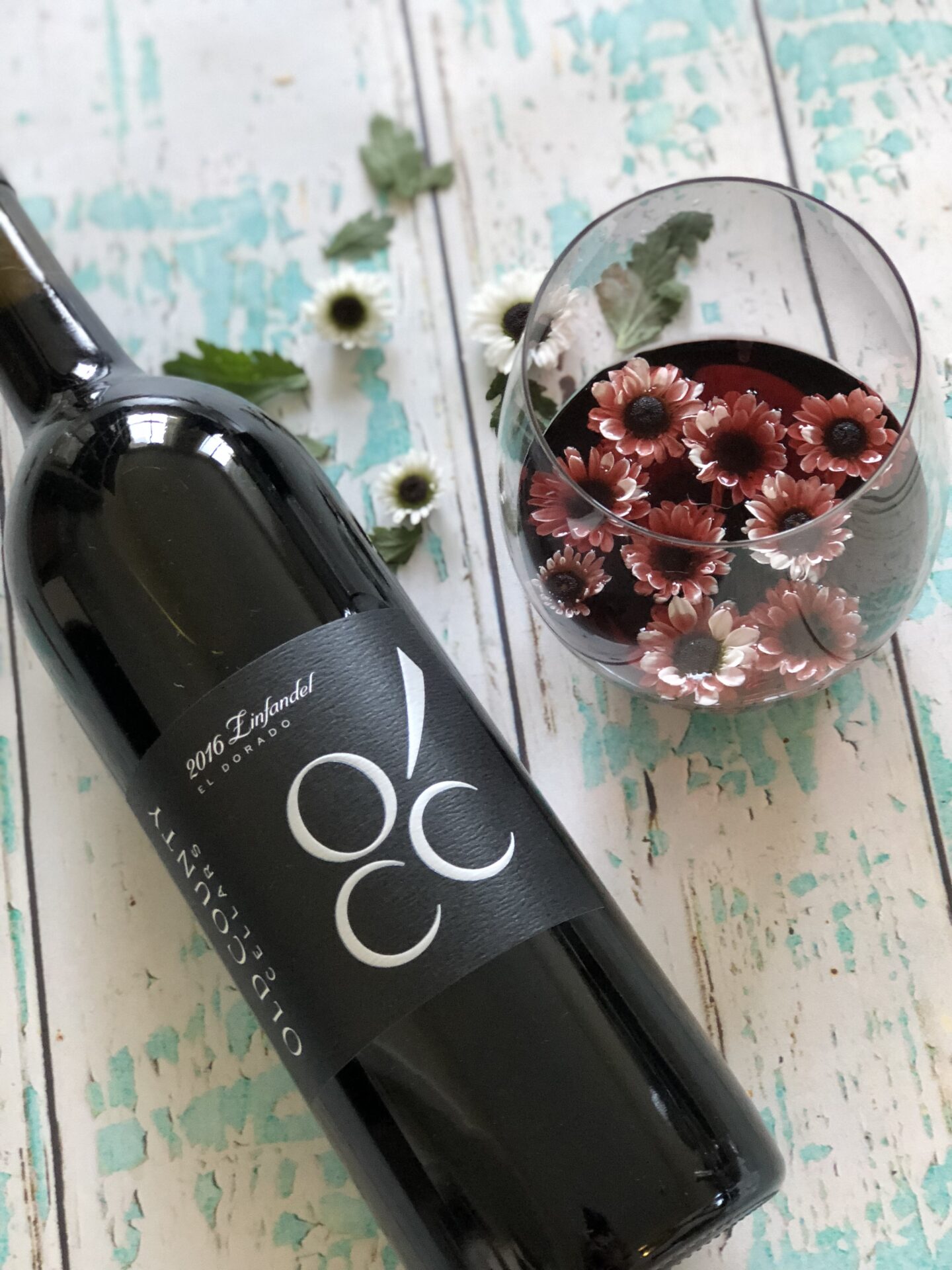
Zinfandel is the kind of wine that’s hard not to fall in love with, whether you’re a casual sipper or a seasoned wine enthusiast. When I first discovered the wine, I didn’t realize it came in two styles: the bold, red version and the lighter, sweeter white one.
My love for both grew unexpectedly—one summer night, a friend poured me a glass of White Zinfandel at a backyard barbecue, and I was instantly hooked on its easy-drinking, fruity charm.
But it wasn’t until a cozy winter dinner that I tried the red version, and wow—talk about a completely different experience! The rich, spicy flavors and deep red color totally blew me away. It was like rediscovering an old friend but in a new, exciting way. Ever since, I’ve been fascinated by this grape and how it can be so versatile.
If you’re like me, you’ve probably wondered where the wine comes from, why it’s so unique, and how to enjoy it to the fullest. Read on to learn all that and more, including its origins in Europe to its iconic status in California’s wine scene today.
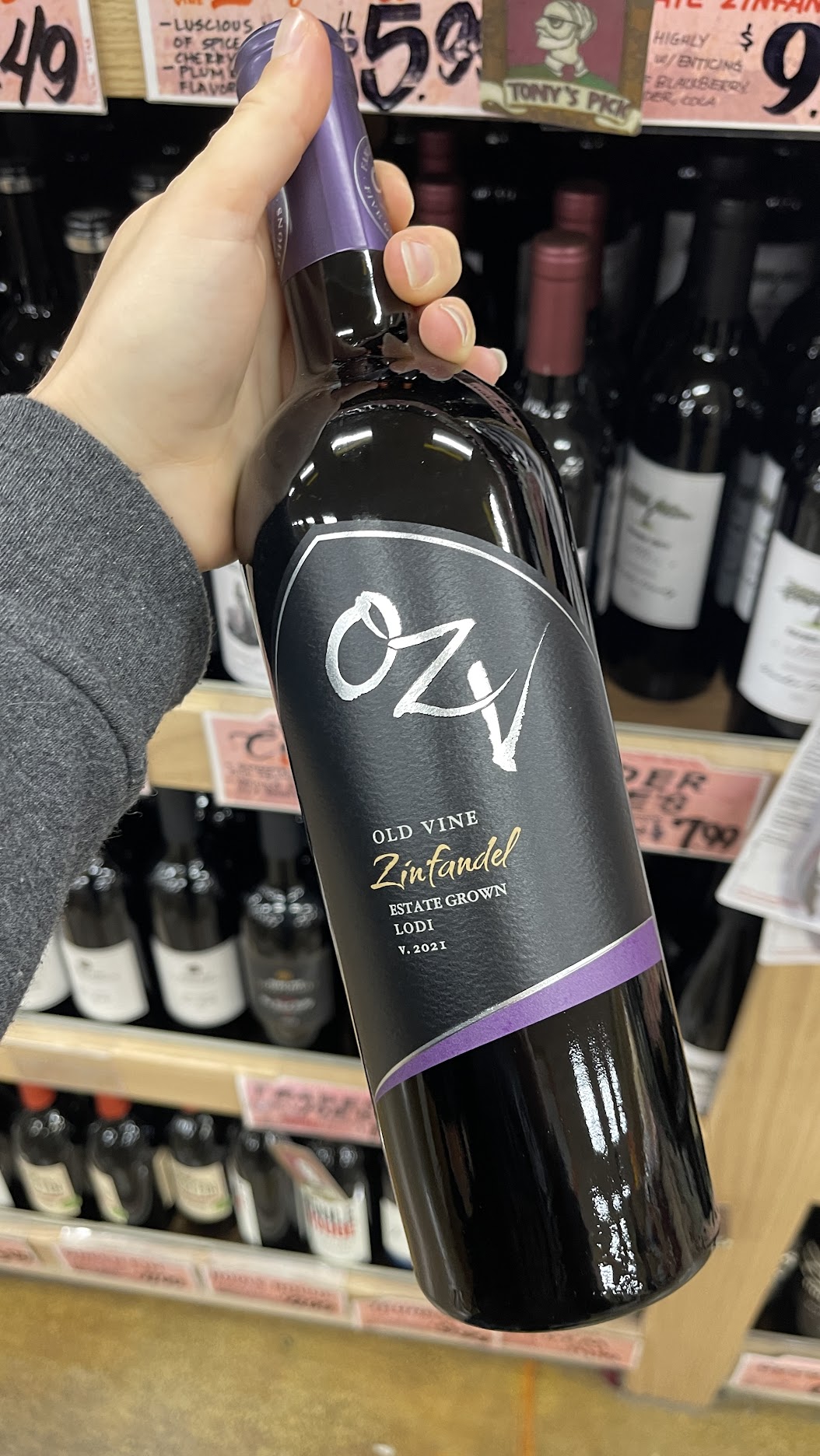
A Brief History of Zinfandel
Believe it or not, Zinfandel’s journey began far from the sunny vineyards of California. Its roots lie in Croatia. There, it’s known as Crljenak Kaštelanski, and was cultivated for centuries before making its way west.
Zinfandel (fondly called Zin) found its home in the United States in the 19th century, thanks to European immigrants who brought the vines to California. By the mid-1800s, It was thriving in California’s warm climate, particularly in areas like Napa Valley and Sonoma County.
But it wasn’t until the late 20th century that Zinfandel saw a real boom in popularity. Enter the white version, an offshoot that accidentally came about when a winemaker in Dry Creek Valley was trying to make a dry wine and ended up with a pink, sweeter version.
White Zinfandel skyrocketed in popularity, introducing a whole new crowd to the world of wine. Meanwhile, the red wine version started gaining recognition for its bold flavors and high alcohol content, leading to its rise in the great Zinfandel category.
Today, It is known as one of the top red wines in California, with regions like Paso Robles and Amador County producing some of the finest bottles.
What is a Zinfandel Grape?
Zin grapes are small, dark, and thick-skinned, making them perfect for creating wines that are packed with flavor.
The grape is high in sugar, which makes it ideal for producing both dry and sweet wines. This also contributes to its high alcohol content, often pushing past 15%. It is one of the most versatile grapes, and that’s what makes it so beloved.
Viticulture and Growing Conditions
Zinfandel thrives in warm climates, and California is a perfect fit thanks to its consistent sunshine and dry summers.
But it’s not just about warmth—the cool breezes from the Pacific Ocean also play a key role in moderating the heat and helping the grapes retain their acidity. Regions like Sonoma County, Lodi, and Paso Robles are known for producing stellar ones due to this perfect balance.
Growing the grape comes with its challenges, though. The grape has a tendency to ripen unevenly, meaning some berries on the vine might be overripe while others are still green. This requires careful attention from the winemaker to harvest at just the right moment, ensuring a balanced wine.
Zinfandel vs Primitivo
Primitivo, the is Zinfandel’s European cousin. Hailing from southern Italy, Primitivo shares the same DNA as Zinfandel but tends to be a bit more rustic and earthy in flavor. It’s fascinating to see how the same grape can express itself so differently depending on where it’s grown.
Where Does Zinfandel Come From?
Notable Regions
When we think of Zin wine, California immediately comes to mind. But within California, certain regions are particularly famous for their Zinfandel production. Napa Valley and Sonoma County are two key areas, producing some of the most refined and elegant versions.
The cooler temperatures in the Russian River Valley lend themselves to wines with more acidity and balance, while the warmer climates of Paso Robles and Lodi produce bigger, bolder those with intense fruit flavors.
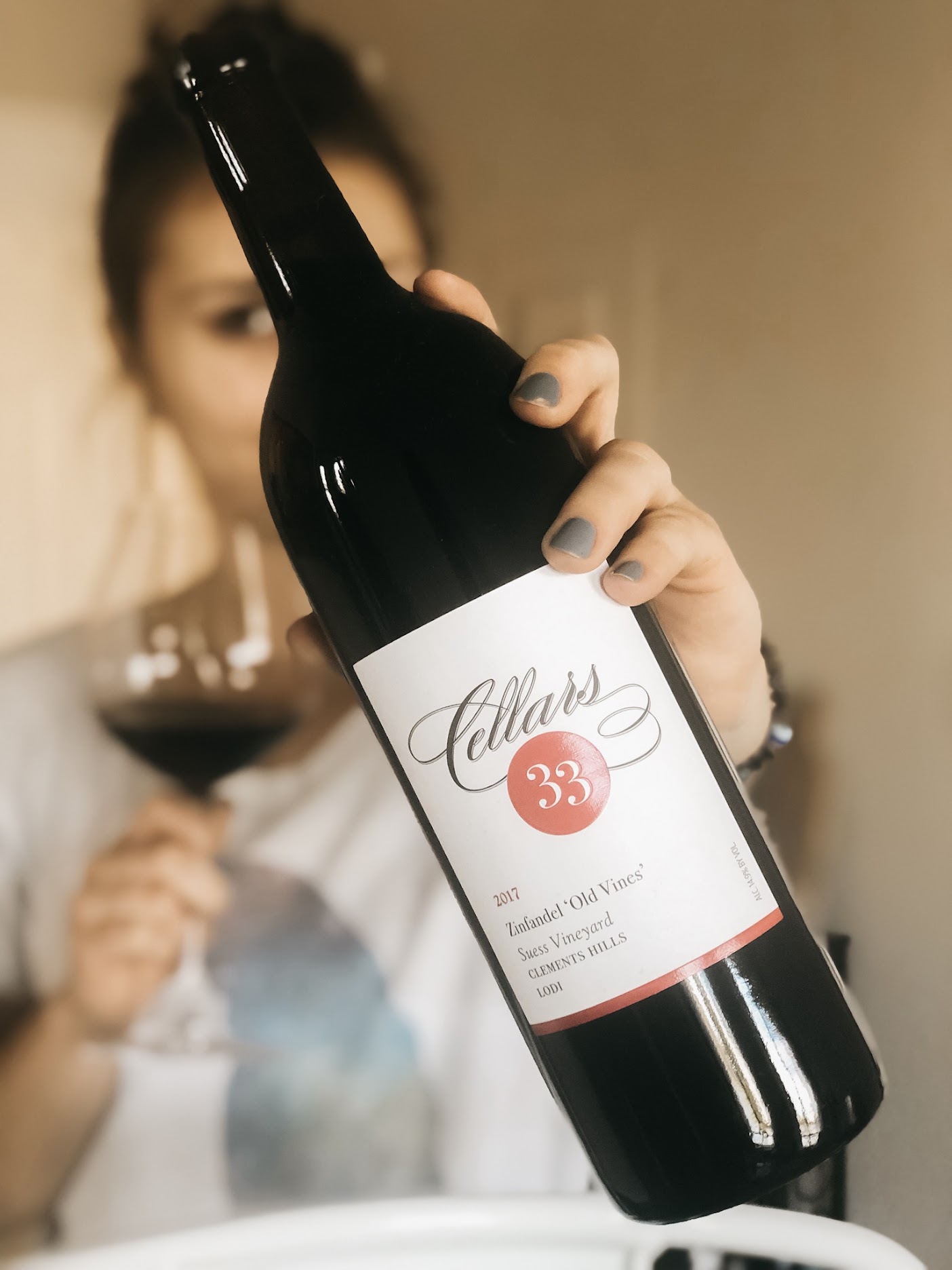
Regional Differences: How Terroir Influences Zinfandel Flavor Profiles
California has several regions producing Zinfandel, and each area’s terroir—basically the soil, climate, and geography—plays a major role in how the wine tastes. Here’s a breakdown of how the terroir in key Zinfandel regions influences flavor:
- Dry Creek Valley (Sonoma County)
Known for its warm days and cool nights, Dry Creek Valley’s climate helps the grapes develop rich, dark fruit flavors like blackberry and plum, while retaining a nice balance of acidity. The valley’s gravelly soil contributes to the wine’s structure and adds a hint of spice. - Russian River Valley (Sonoma County)
Cooler than the other regions, the Russian River Valley terroir results in more elegant, medium-bodied versions with higher acidity. Here, you’ll find red fruit flavors like raspberry, along with floral and herbal notes. - Paso Robles
Paso Robles is known for its warm, sunny climate, which produces wines that are big, bold, and jammy, often with ripe berry flavors and higher alcohol content. The region’s diverse soil types, from limestone to clay, also add layers of complexity to the wine. - Amador County (Sierra Foothills)
This historic Zinfandel region has old vines and a hot, dry climate, resulting in robust wines with concentrated flavors of black cherry, plum, and even chocolate. The region’s granite-based soil contributes to the rich, spicy character of the wine. - Napa Valley
While better known for Cabernet Sauvignon, Napa Valley’s warmer microclimates produce ripe, fruit-forward Zinfandel wines with notes of blackberry, fig, and pepper. The diverse terroir of Napa, from volcanic to clay soils, adds depth and complexity to the wine.
In other parts of the world, like South Africa, Zinfandel is being experimented with as well, though it’s much rarer outside the United States. The result is wines that blend old-world techniques with new-world flair.
What Does Zinfandel Taste Like?
Flavor Profile and Tasting Notes
This delightful wine is known for its bold, fruit-forward flavors. Common tasting notes include ripe berries like raspberry and blackberry, along with peppery spice and sometimes a touch of earthy tobacco. The wine’s high alcohol content can give it a rich, almost jammy texture, while its acidity helps to keep it balanced.
When tasting the wine, you want to look for a balance between fruitiness, acidity, and spice. Take a moment to savor the aromas—there’s often a lot going on in the nose, from ripe berries to herbs and spices. On the palate, pay attention to how the wine evolves from the first sip to the finish.
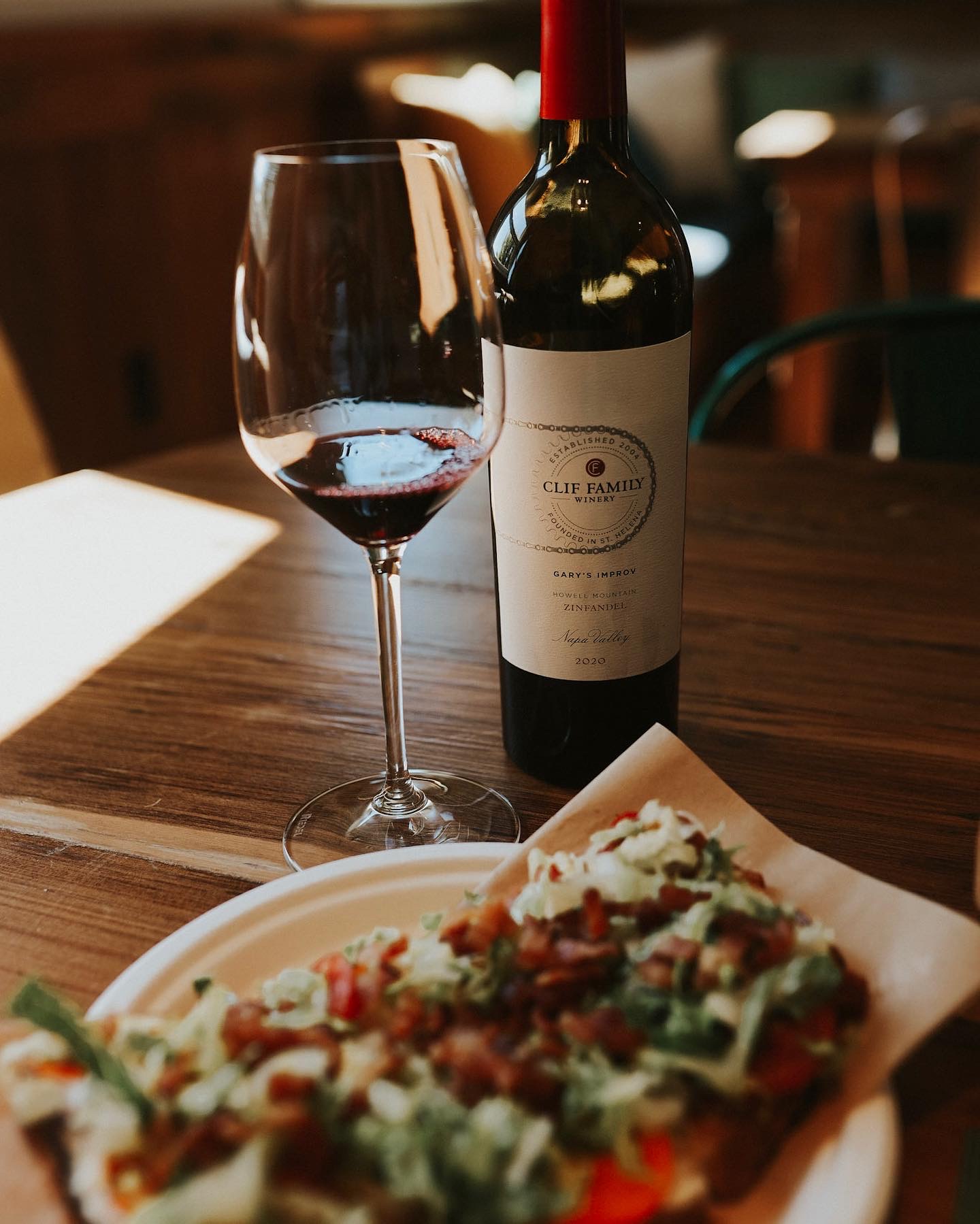
Zinfandel Food Pairings
- Red Zinfandel is a perfect match for rich, hearty dishes like barbecue ribs, grilled sausages, or even a juicy steak. The wine’s bold flavors and peppery notes stand up well to smoky, meaty flavors. Also, try bold, flavorful dishes like Mexican or Italian cuisine—anything with a bit of spice or richness will complement the wine’s robust character.
- White Zinfandel, on the other hand, pairs beautifully with lighter dishes like grilled chicken, salads, or seafood. It is generally more versatile, working well with everything from sushi to fried chicken.
- For a special treat, try pairing Old Vine Zinfandel with slow-cooked dishes like beef stew or braised lamb. The complexity of these older vines brings out the deep, savory flavors in the food, creating a pairing that’s hard to beat.
Fun Facts about Zinfandel
- Did you know that the white version of the wine was created by accident? A winemaker was trying to make a dry rosé but ended up with a sweet pink wine that became an instant hit.
- The wine has been a key player in American wine history, especially during the Gold Rush when it was one of the most popular varieties planted in California.
- Old Vine Zinfandel comes from vines that are typically over 50 years old, and these older vines produce more concentrated, complex wines.
- Primitivo and Zinfandel share the same genetic makeup but are grown in different parts of the world—Zinfandel in the United States and Primitivo in Southern Italy.
When is Zinfandel Day?
For all you lovers of this delicious wine out there, mark your calendars for the first Wednesday of November—it’s Zinfandel Day! This annual celebration is a chance to raise a glass to one of America’s favorite wines. Check out the full National Wine Day Calendar.
How to Choose and Buy Zinfandel
These are some of what to look for on the wine label:
- Region: One of the first things to note when choosing a bottle is the region. It thrives in several key areas, each adding its own twist to the wine. Look for labels that mention regions like Dry Creek Valley, Russian River Valley, and Paso Robles. These regions are known for producing some of the best ones, each with its own flavor profile.
- Alcohol Content: Another thing to keep an eye on is the alcohol content. The wines can be bold, and higher alcohol levels (typically around 14-17%) often indicate a richer, more intense wine.
- Vine Age: You might also notice terms like “Old Vine” on the label, which generally means the grapes come from older, more mature vines that produce concentrated flavors.
- Winemaker Notes: If the label mentions specific tasting notes (blackberry, spice, vanilla), it can give you a clue about what to expect.
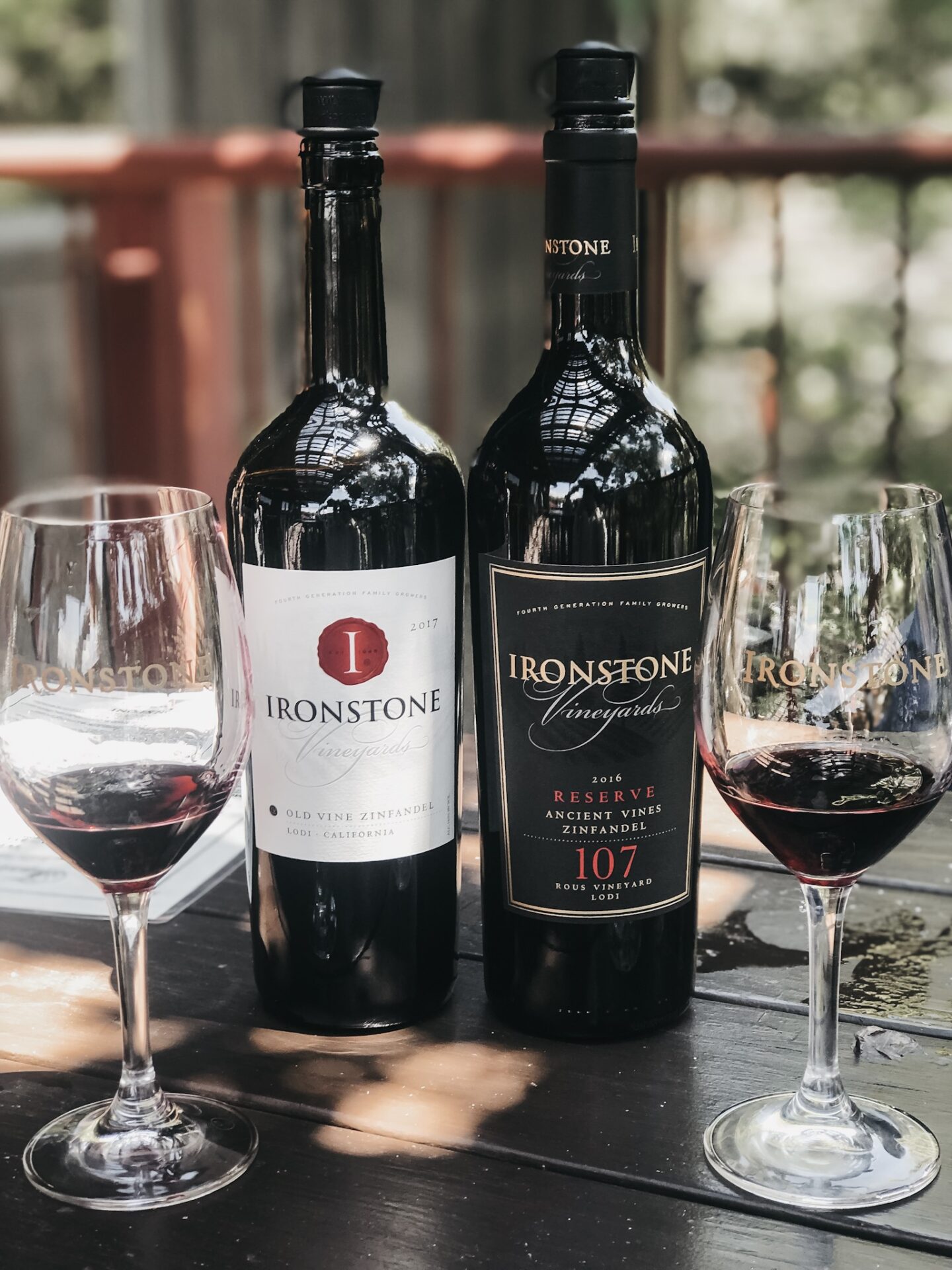
Differences between budget, mid-range, and premium Zinfandel Wines
Budget Zin wines: These are usually lighter and simpler, often with upfront fruit flavors like cherry or raspberry, but they might lack the depth of higher-end bottles. They’re great for casual sipping or pairing with pizza or burgers.
Mid-range Zins: They typically offer more complexity, with layered flavors of dark berries, spice, and sometimes a hint of oak from aging. These wines usually have a fuller body and better balance between acidity and tannins.
Premium Zinfandels: These come from top vineyards and older vines, offering deep, concentrated flavors like blackberry, plum, and pepper, with a silky texture. They’re often aged longer in oak, giving them more structure and the ability to age well over time. If you’re looking for the best of the best, premium Zins are perfect for special occasions or cellaring.
How to Properly Store and Age Zinfandel
Once you’ve chosen your Zinfandel, the next step is proper storage, especially if you plan to age it.
Storing wine is all about the balance of temperature, light, and humidity. Keep your Zinfandel in a cool, dark place, ideally at around 55°F (13°C). Direct sunlight or heat can damage the wine, making it lose its complexity over time.
Zinfandel, especially premium bottles from places like Amador County or Paso Robles, can be aged for a few years. The tannins and structure in these wines evolve beautifully with time, offering even more depth and balance. Aim to store them horizontally to keep the cork moist and the seal intact.
But remember, not all Zinfandels are meant for aging. If you’re grabbing a budget bottle for immediate enjoyment, feel free to pop that cork as soon as you get home.
Conclusion
Zinfandel is one of those grape varieties that’s perfect for just about any occasion. You want to sip a refreshing wine by the pool? Reach for a white Zinfandel. You’re looking for savoring a delectable red wine with a hearty meal? A red Zinfandel is your best bet!
With its rich history, wide variety of styles, and dedicated producers, it truly deserves a place in your wine collection. So the next time you’re scanning the wine aisle, why not reach for a bottle of Zinfandel and see where it takes you?
Frequently Asked Questions
What is the difference between Zinfandel and Primitivo?
Zinfandel and Primitivo are genetically the same grape, but they are produced in different styles. Zinfandel tends to be fruitier and higher in alcohol, while Primitivo is often more rustic and earthy.
Can Zinfandel be aged, and for how long?
Yes, Zinfandel can be aged, especially premium bottles from regions like Paso Robles and Amador County. You can age Zinfandel for about 5-10 years, depending on the quality.
What makes Old Vine Zinfandel special?
Old Vine Zinfandel comes from vines that are typically 50 years or older, producing lower yields but more concentrated, intense flavors. These wines often have more depth and complexity than those from younger vines.
Is White Zinfandel made from different grapes than Red Zinfandel?
No, both White and Red Zinfandel come from the same grape. White Zinfandel is made by limiting the contact time between the grape skins and juice, giving it a lighter color and sweeter taste.
How much alcohol is in Zinfandel?
Zinfandel tends to have higher alcohol levels, usually between 14% and 17%, depending on the region and style of the wine.
Zinfandel vs Pinot Noir?
Pinot Noir and Zinfandel may both be popular red wines, but they are quite different in character. Pinot Noir is known for its thin skin, making it an early ripener and often more delicate, with light tannins and subtle flavors like cherry and raspberry. In contrast, Zinfandel tends to have a thicker skin, ripening later, and produces bold, jammy wines with a higher alcohol content. While Pinot Noir thrives in cooler climates, Zinfandel shines in warmer regions, offering a fuller-bodied experience.
